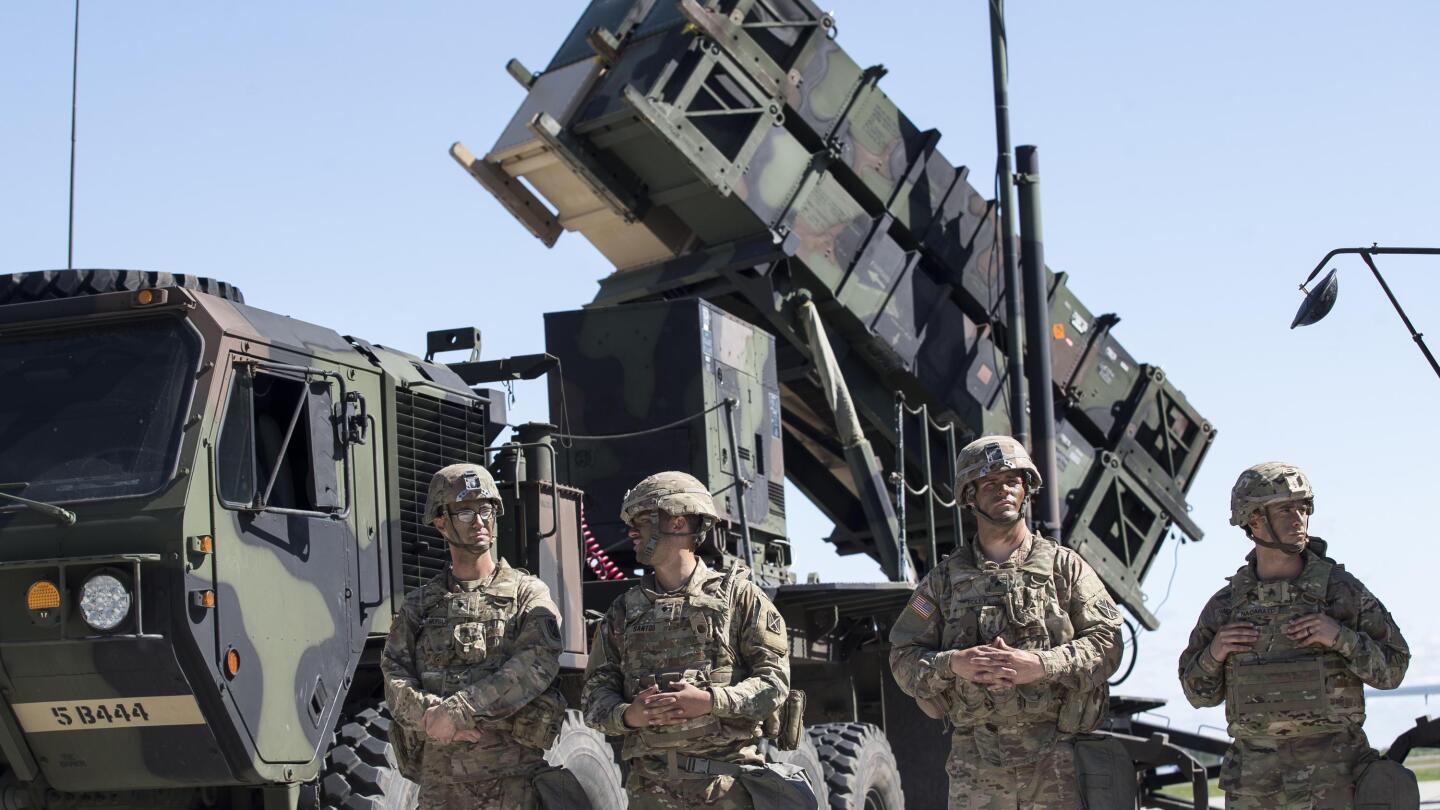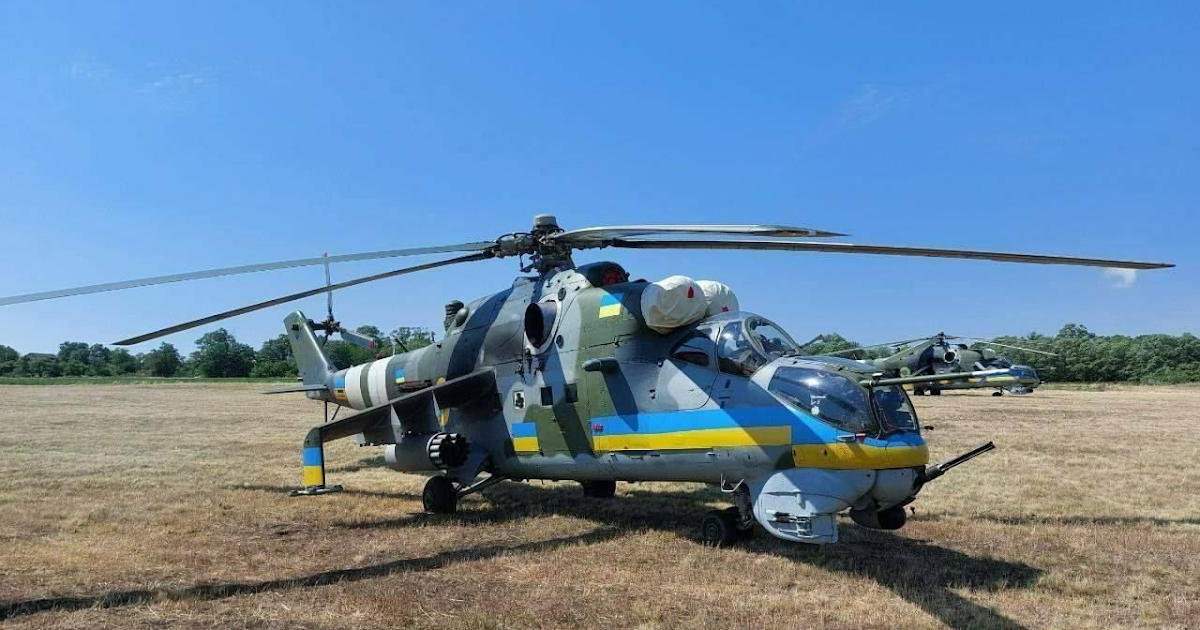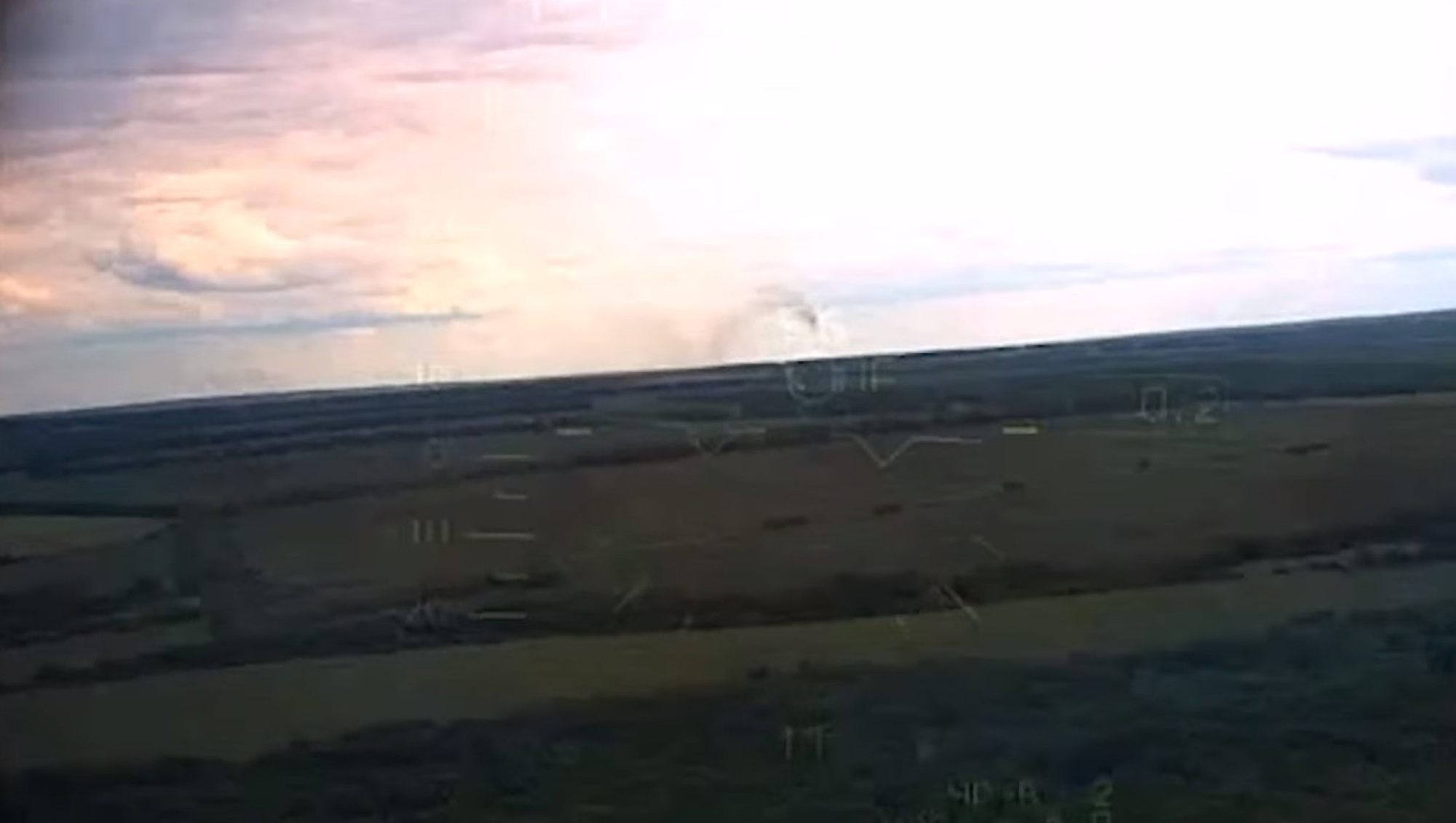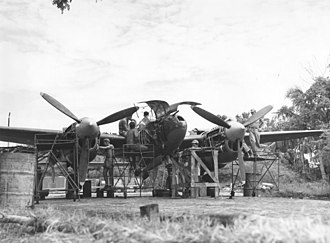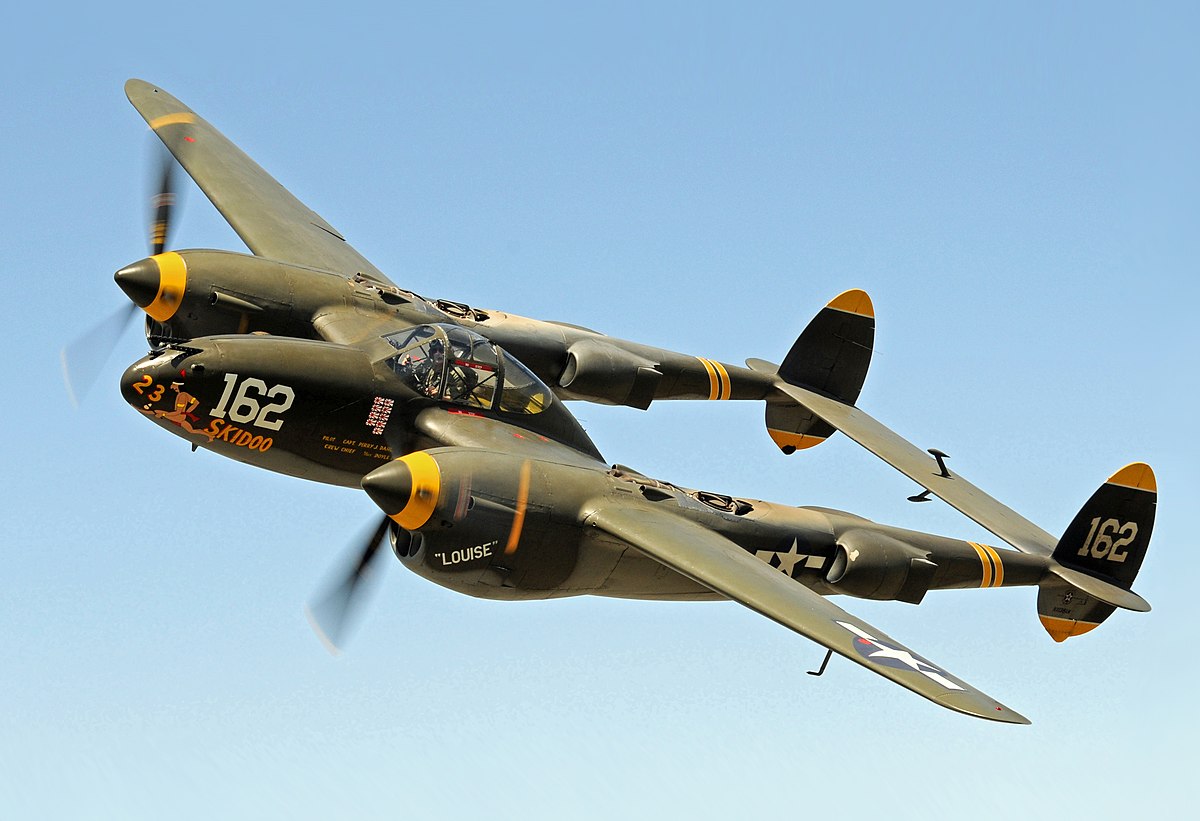Uh, actually not. In reality, the vast majority of missiles that Ukraine has been using are Soviet-Russian made. It is only in recent months that they have been using US made missiles, and so far only defensive ones. It was only last month also that they finally started to arm their bombers with UK made missiles.
I have absolutely no idea why in the heck people seem to believe that Ukraine is using "US missiles", as there is barely any US made equipment there at all. The vast majority is Soviet or Russian made stuff they had started the war with, or acquired from former Warsaw Pact nations that still had a lot of it on hand. One can not simply send a bunch of US made NATO equipment over and expect it to be simply bolted onto Warsaw Pact equipment and expect it to work.
Ya got some links?

